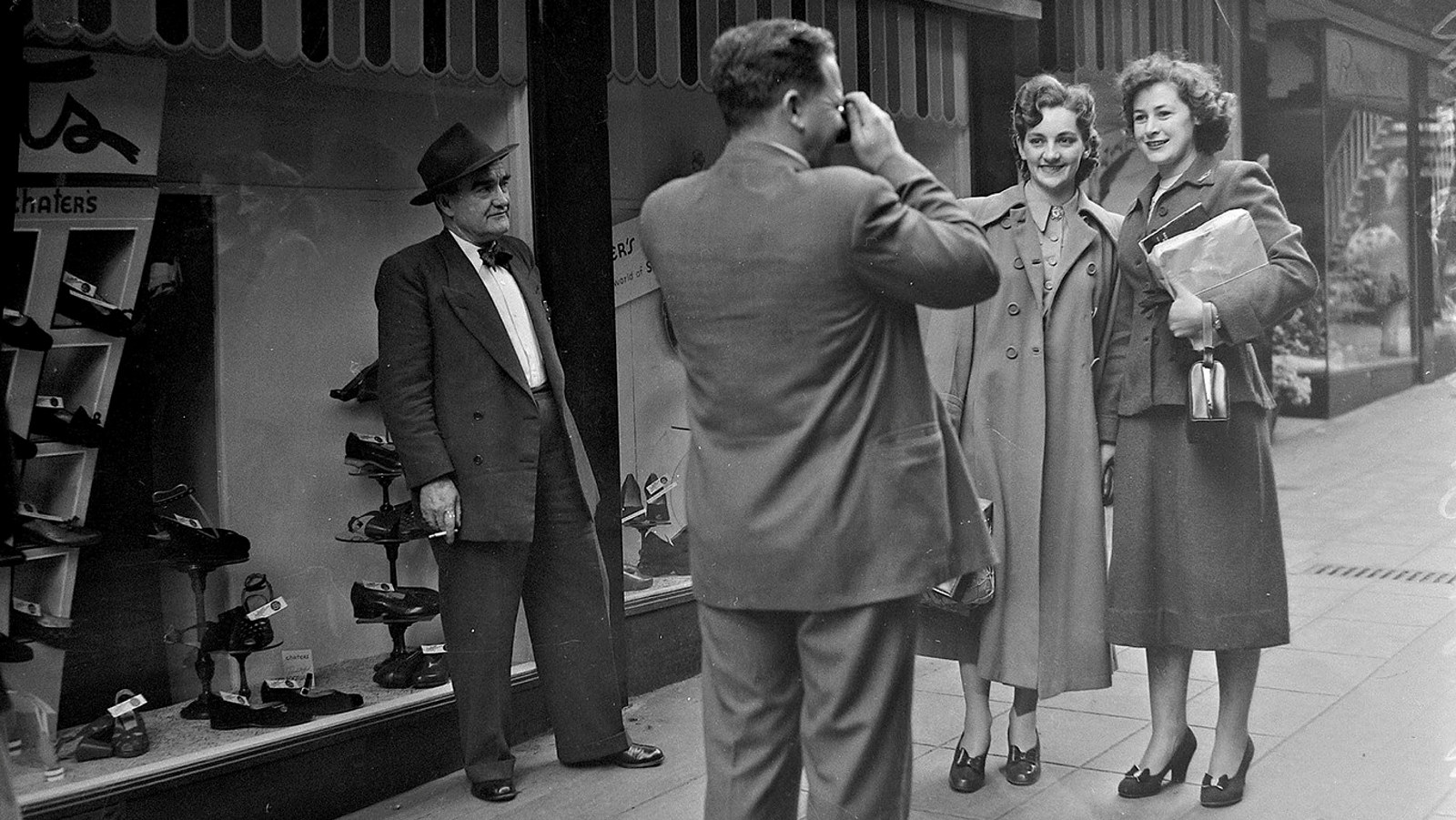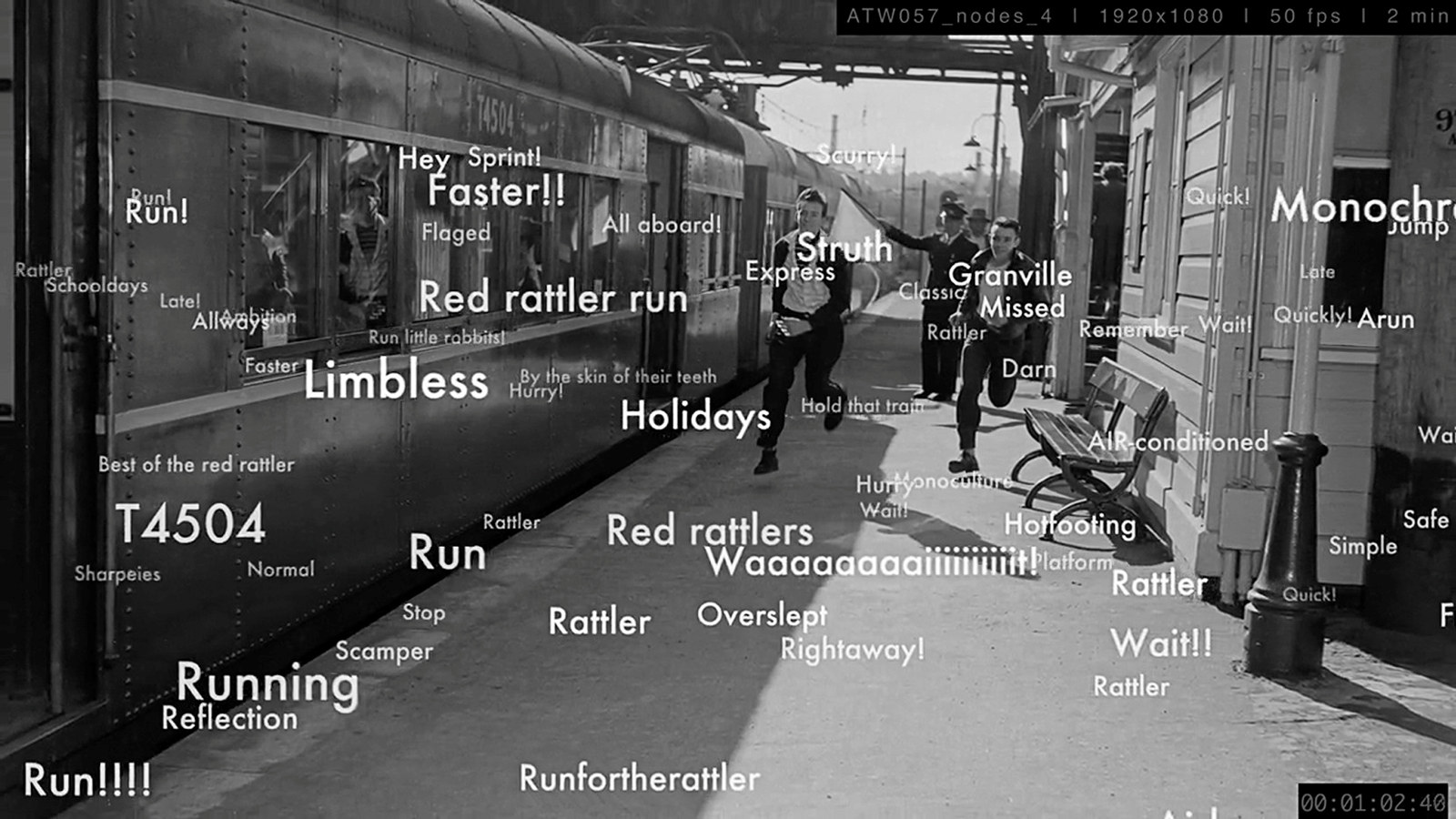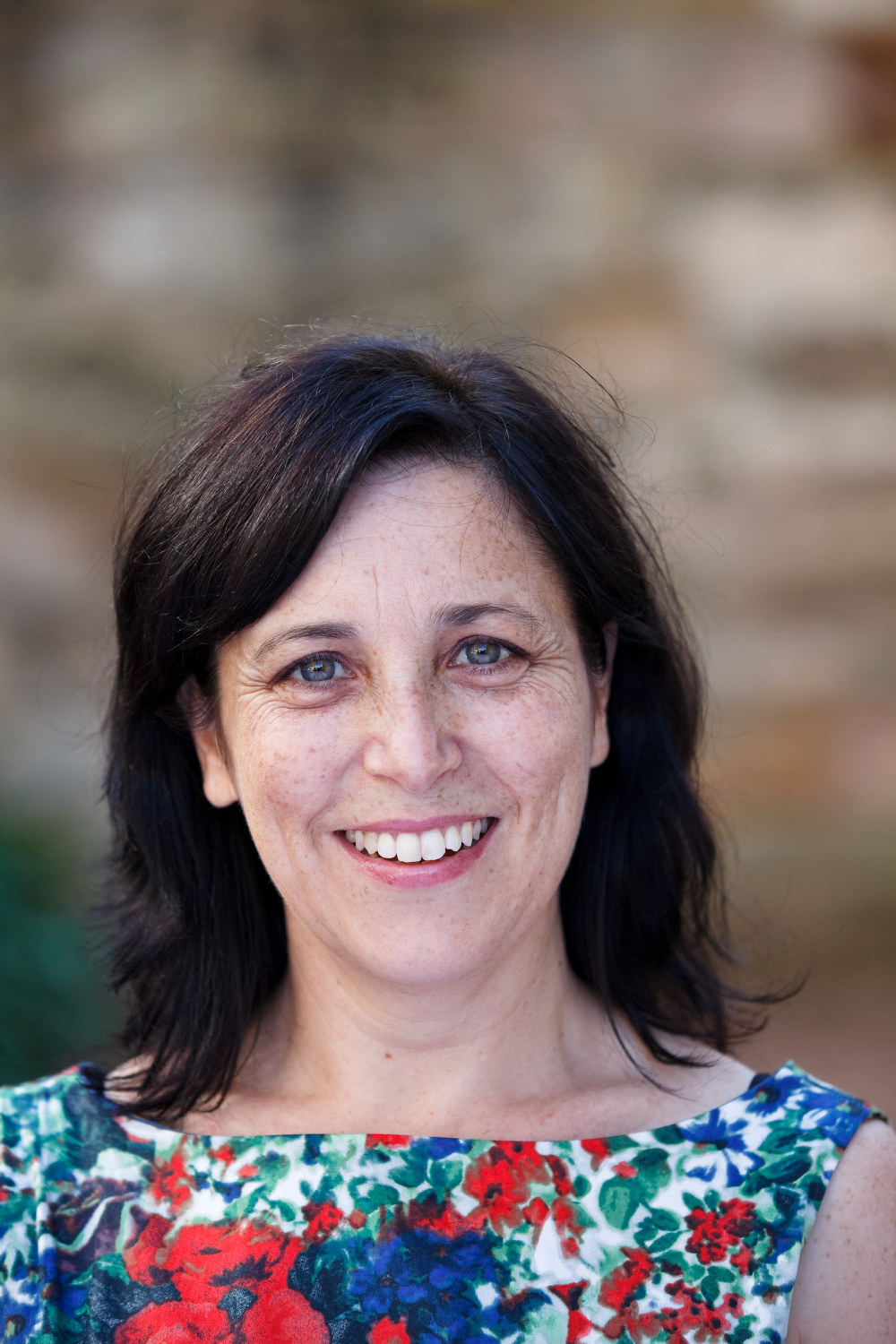City of a million faces
Every day against the background of city streets, photography is revealing a vivid mosaic with all the people of the State as the figures in the great human interest story.
The Sun (Sydney), 13 September 1936
The passing of years has given many street photographs greater significance than may have been anticipated when they were taken. What were once seen as novelty snaps, impulsively acquired, have crept their way into family stories – some simply putting a face to a name, others becoming cherished mementos. Pasted into family albums, sent to loved ones around the world or lying forgotten in old shoeboxes, these photos collectively provide a glimpse into the everyday life of this city and its people. Behind each image lies a complex history that we can only partially discover.
John Nicholson Barnier, 1938, George Street, Sydney
Company unknown, Courtesy Maureen Devereaux (nee Barnier).
A year away from graduating from Hawkesbury Agricultural College, 18-year-old John Barnier strides past the Bank of New Zealand on George Street. Four years later, in February 1942, he would be one of the thousands of Australian Imperial Force soldiers captured in the fall of Singapore. John died aged 25, a prisoner of war at the infamous Sandakan camp in Borneo.
Aaron Levine and his son David, 1949, Elizabeth Street, Sydney
Company unknown, Courtesy Agnes Levine.
David, aged five, is looking very pleased with his new shoes (in the box), just bought at the Youth Shoe Centre on the fifth floor of David Jones department store. The highlight for David was the X-ray machine that was used to check the fit of the shoes
D’Arcy Niland and Ruth Park, 1942, College Street, Sydney
Smiling Snaps, Courtesy Niland Family Collection.
In this photo, taken not long after they were married, D’Arcy Niland and Ruth Park look confident and optimistic, ready to embark on their lives together and their writing careers. They would both become successful authors, best known for The Shiralee (Niland, 1955) and The harp in the south (Park, 1948).
Pierre Daniel ‘Danny’ Courret and Laurence Robinson Knowles, c1940s, George Street, Sydney
Milo Studio, Courtesy John Sawkins.
It was music that had brought together constant companions Danny and Laurence. French-born Danny was a professional singer while Laurence, who played piano, worked as a shipping clerk and sang in church choirs. During World War II, Danny raised funds for the Free French resistance movement and also joined other entertainers who performed around New South Wales (NSW) raising money for the Australian war effort. The day this photo was taken, Danny had just returned to Sydney after touring in northern NSW.
Elsie Sussmilch, 1936, Circular Quay, Sydney.
Leicagraph Co., Courtesy Elsie Evans (nee Sussmilch).
On her way to catch a ferry across the harbour, Elsie smiles confidently as she briefly stops to pose for this photograph. It is an important day and she is wearing a new outfit for the occasion: black overcoat, maroon woollen frock and matching beret. At just 15 years old, Elsie is taking up a position in Mosman as a live-in maid with a doctor and his wife. All her possessions are in the suitcase.
Ruth Jackson, 1956, Pitt Street, Sydney
Company unknown, Courtesy Ruth Reynolds (nee Jackson).
"This is me, aged about 20 standing on the corner of the Royal Arcade in Sydney. The photo was probably taken during my lunch break from my job at F J Palmers Menswear.I started there in the Accounts department; then was offered a move to the Electrical department, where I kept records of the customers who had bought the fridges, radios and radiograms (and maybe TVs - as this was the year television first came to Sydney)."
Lunchtime in those days usually meant a sandwich eaten sitting on the grass in Hyde Park, or splurging on a meal of John Dory (then considered a cheap fish) and chips at one of the Greek fish cafes in Sydney back then.
"I loved that little ‘hatbox’, which was all the rage at the time. It went everywhere with me, carrying maybe an extra sweater and most definitely makeup to keep me looking bright and fresh.I was very slim and tiny back then and the smallest size available in the stores was XSSW, so a combination of desperation and necessity meant I made almost all my clothes, usually without patterns.I would have cut outthe top, which I think was pale rose pink, using another garment as a guide – the skirt was off-white cotton, full circle, with a roped petticoat underneath. Joining the two was the ubiquitous cinch belt – something virtually every girl of the era owned.My cardigan was a deep pink, edged with grey. I might add that I hated every moment of making those clothes and was ecstatic when Farmers store started importing size 8 from the US and I could buy most of my clothes ‘off the hook’." Ruth Reynolds (nee Jackson).
Charles James Larkins, his wife, Joan (centre), and his sister Alicia Ison, c1943, Circular Quay, Sydney
Company unknown, Courtesy Larkins and Daley Family Collection.
"We did not see this photo until after the death of my grandparents. To see their young faces staring out at us from the past was a wonderful gift. My shy nan, so young and hopeful, and my pa, standing stiffly in his uniform, brought us all to tears. We are so grateful for this street photographer." Belinda Daley.
Shortly after their wedding, Charles left his young wife to undertake compulsory military training in Sydney. He remained in the army throughout World War II; however, due to a medical condition, he was not posted overseas. This photograph, taken on a rainy day, records one of Joan’s rare visits to see her husband. She had travelled from the small town of Werris Creek, in central northern NSW, leaving their young son at home with her mother-in-law.
Marion and Ben Matthies, 1947, unknown location, Sydney
Freelance Photo Service, Courtesy Matthies family.
Proudly wearing his service medals, Ben Matthies and his wife Marion were snapped by a street photographer after attending the Anzac Day Commemoration Service in Martin Place on the 25 April 1947.
During World War I Ben had fought at Gallipoli and on the Western Front and was awarded the Belgian Croix de Guerre medal for his service.
Related

A popular nuisance – controlling the street photographers
By the mid-1930s the street photography ‘craze’ saw increasing numbers of photographers on Sydney’s streets – all competing for the best locations and the most promising marks

About the exhibition: A thousand words
An innovative new exhibition invites the public to become the curator, sharing their responses to historical photographs from two of Australia’s richest and most significant collections
Published on
